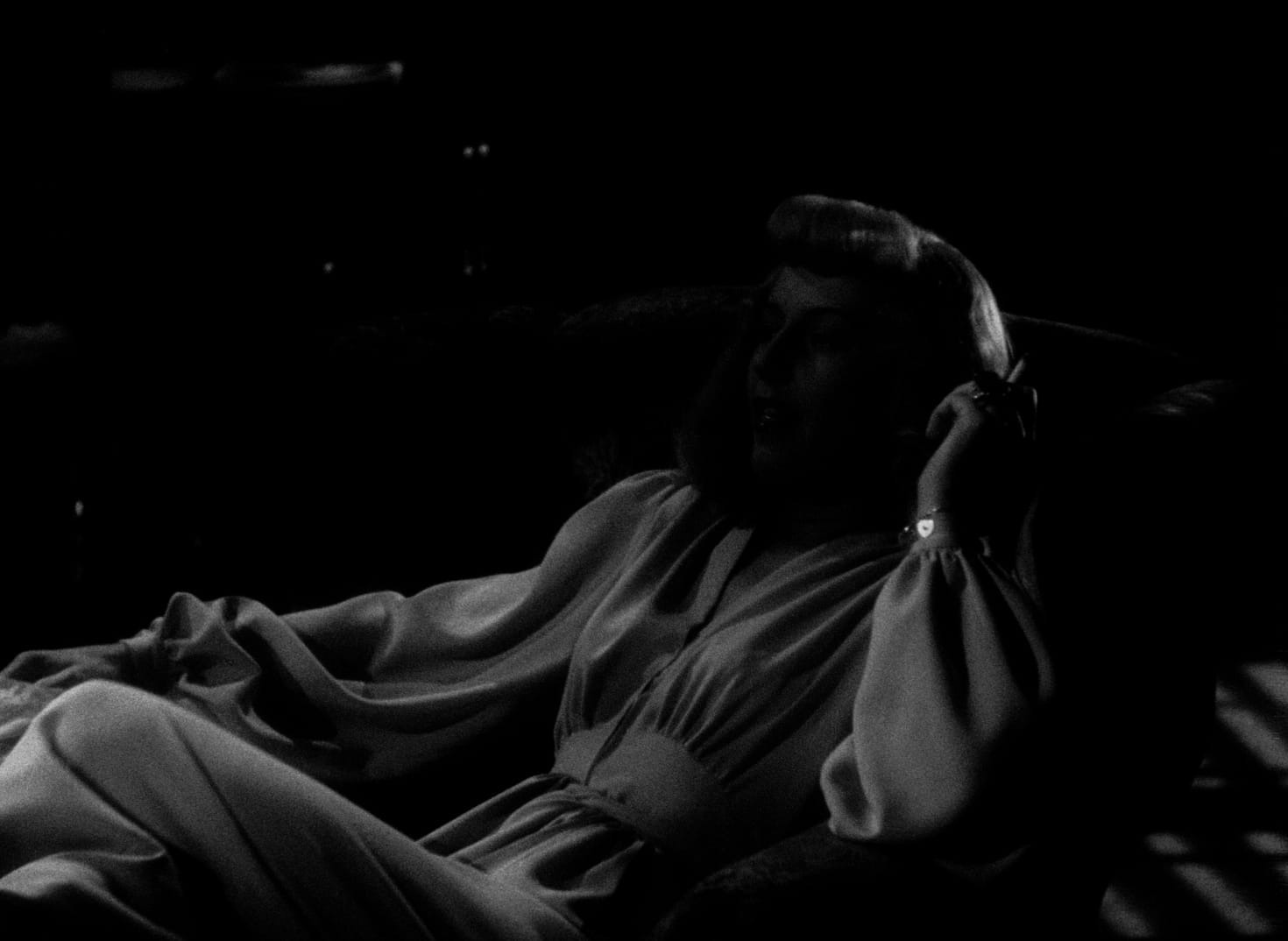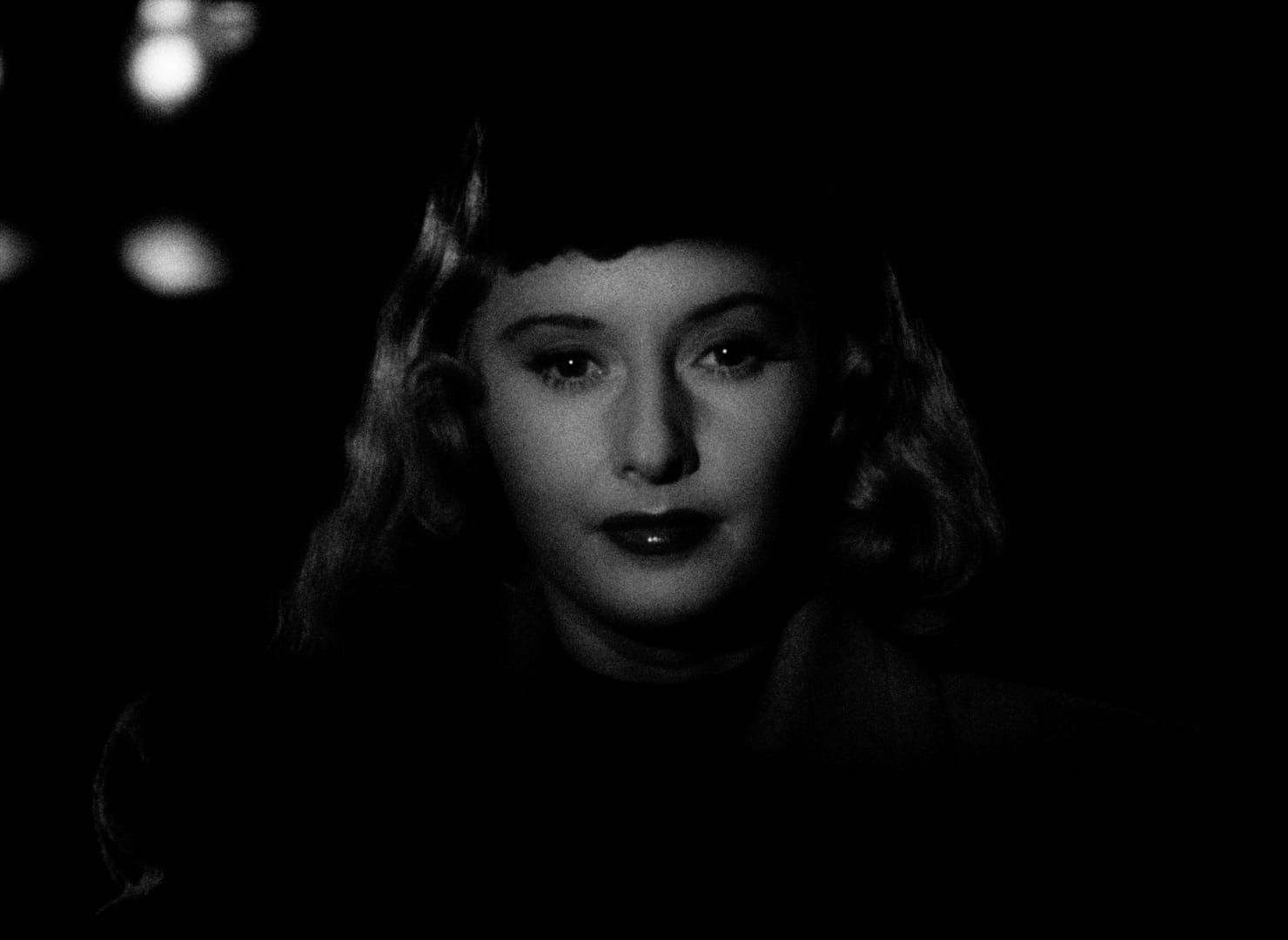RELATED ARTICLE
The Rule-Breaking Maestro Behind Noir’s Trademark Sound
By Tim Greiving
The Criterion Collection

To take full account of Billy Wilder’s legacy is to wrestle with a series of contradictions. He was a refugee in the United States—an Austrian who had escaped Germany with the rise of the Nazi Party, which eventually decimated his family—who became one of the most perceptive and forthright chroniclers of the tangled dynamics of American life. A master of sardonic, even venomous wit refracted through noir and dark dramas, he was also the sensibility behind what might be the best comedy in cinema history, 1959’s effervescent Some Like It Hot. His work has been called misogynistic, yet characters such as Marilyn Monroe’s tender Sugar in Some Like It Hot and Gloria Swanson’s mad, yearning Norma Desmond, in the 1950 masterpiece Sunset Boulevard, challenge such critiques.
Even with all this complexity, critics have too often understood Wilder rather narrowly. Andrew Sarris, the totemic Village Voice critic, placed Wilder in the “Less Than Meets the Eye” section of his 1968 survey of auteurism The American Cinema, alongside other such powerhouses as John Huston, Elia Kazan, David Lean, and Joseph L. Mankiewicz—as opposed to the directors he elevated for their distinctive style and the supposedly clear artistic through lines of their careers, Alfred Hitchcock, Howard Hawks, and Fritz Lang among them. Most damningly, Sarris wrote, “Billy Wilder is too cynical to believe even his own cynicism.” Sarris would in later years backtrack on this stark judgment, but once in the ether, such criticisms take on a life of their own.
In fact, the charge of cynicism has dogged Wilder from his early years in Hollywood as a screenwriter in the 1930s and early 1940s, despite output such as the delightful Barbara Stanwyck and Gary Cooper screwball comedy Ball of Fire, directed by Howard Hawks. This is likely due to the piercing nature of Wilder’s humor, which allows his characters to exist in gray areas instead of being neat and infallible heroes. Even so, I don’t think cynicism is what Wilder was tapping into. It is, rather, a stunning honesty, about human nature and about the roiling unease underlying the so-called American dream. With his gimlet eye peering at his characters and their behaviors and motivations, his films expose, even if inadvertently, the gendered, classed, and racialized fissures in American culture. This can be seen throughout his work—the 1951 Ace in the Hole, where Kirk Douglas’s conniving journalist is willing to manipulate the lives of others for a good story and the masses eat it up, is perhaps the most virulent—but the film in which Wilder delves into ingrained American notions of desire and power most potently is the blistering 1944 noir Double Indemnity.



